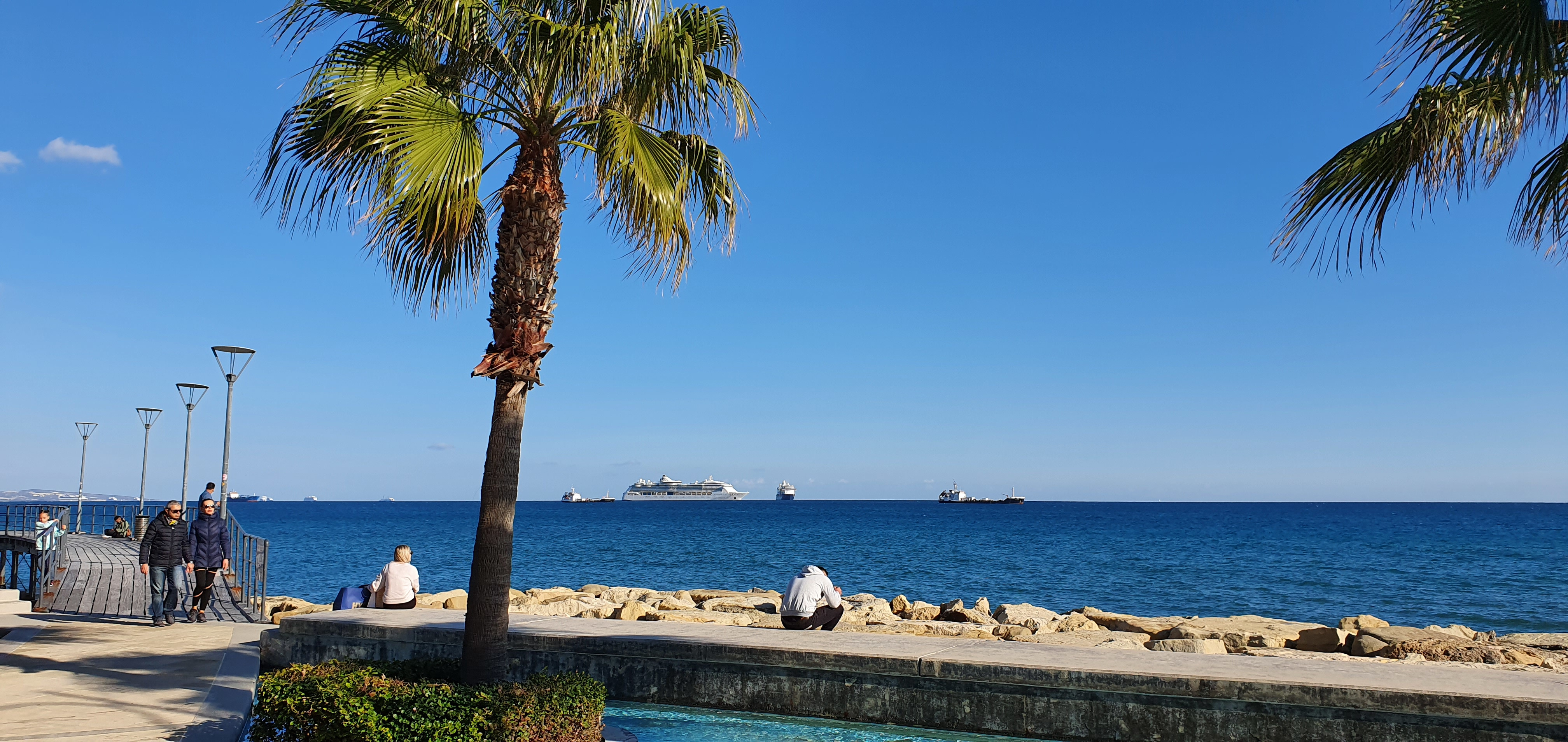Cities of Cyprus
Limassol
Limassol is a city on Cyprus's southern coast and the capital of the same-named district.
Limassol, after Nicosia, is Cyprus' second-largest city, with a population of 183,658 and a metropolitan population of 239,842.
Limassol was named the world's third most up-and-coming destination in TripAdvisor's Top 10 Traveler's Choice Destinations on the Rise list in 2014.
In Mercer's Quality of Living Survey, the city is placed 89th in the world (2017).
Limassol was designated as a "Gamma" global city in the Globalization and World Cities Research Network's classification for 2020.
Paphos
Paphos is the capital of the Paphos District and a beach city in southwest Cyprus.
Paphos had two names in classical antiquity: Old Paphos, which is now known as Kouklia, and New Paphos, which is now known as Paphos.
Paphos is located on the Mediterranean coast, some 50 kilometers (30 miles) west of Limassol (the island's largest port), and is connected by the A6 motorway.
The second-largest airport in Cyprus is Paphos International Airport.
The city enjoys a subtropical-Mediterranean climate, with some of the island's mildest temperatures.
Paphos was included to the UNESCO World Heritage List in 1980 because of its historic architecture, mosaics, and religious significance.
It was chosen, together with Aarhus, as a European Capital of Culture for 2017.
Famagusta
Famagusta is a city on Cyprus' east coast.
It is located east of Nicosia and has the island's deepest harbour.
Famagusta was the island's most significant port city and a gateway to commerce with the ports of the Levant, from where Silk Road merchants conveyed their products to Western Europe, throughout the Middle Ages (particularly under the maritime republics of Genoa and Venice).
Northern Cyprus, which is claimed by Cyprus, has de facto control of the historic walled city and sections of the contemporary city.
Famagusta is the capital of Northern Cyprus' Gazimausa District.
Nicosia
Nicosia is Cyprus's largest city, capital, and administrative center. On the banks of the River Pedieos, it is near the center of the Mesaoria plain.
Nicosia (Lefkosia in Greek) was a siren, one of Acheloos and Melpomene's daughters, and her name means "White State" or "City of White Gods" in Greek mythology.
Nicosia is the capital of Cyprus, the EU's southernmost member state.
It has been inhabited continuously for over 4,500 years and has served as Cyprus' capital since the 10th century.
Following fighting in the city during the Cyprus crisis of 1963–64, the Greek Cypriot and Turkish Cypriot communities of Nicosia were separated into the south and north of the city, respectively.
After Turkey invaded the island of Cyprus in 1974, occupying the north of the island, including northern Nicosia, this separation became a militarized border between the Republic of Cyprus and Northern Cyprus.
North Nicosia is now the capital of the Turkish Republic of Northern Cyprus, a state recognized only by Turkey.
Nicosia has established itself as the island's financial capital and main international business center, in addition to its legislative and administrative functions.
In terms of relative purchasing power, Nicosia was the 32nd richest city in the world in 2018.
Larnaca
Larnaca or Larnaka is a city on Cyprus's southern coast and the capital of the same-named district.
With a metro population of 144,200 in 2015, it is the country's third-largest city, behind Nicosia and Limassol.
The Church of Saint Lazarus, Hala Sultan Tekke, Kamares Aqueduct, and Larnaca Castle are all located in Larnaca, which is noted for its palm-tree coastline, also known as Foinikoudes.
It was erected atop the ruins of ancient Citium, where Stoic philosopher Zeno was born.
Larnaca International Airport, the country's principal airport, is located in the city.
It also boasts a marina and a seaport.
